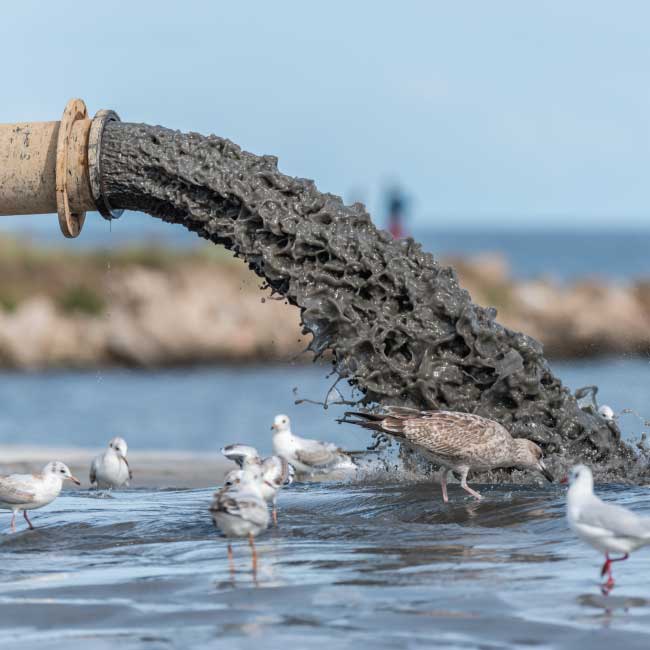Water
Legislation
Afrikaans

National Water Act 36 of 1998
The purpose of the National Water Act 36 of 1998 or NWA is to ensure that the nation’s water resources are protected, used, developed, conserved, managed and controlled in ways which take into account, amongst other factors:
- meeting the basic human needs of present and future generations;
- promoting equitable access to water;
- redressing the results of past racial and gender discrimination;
- promoting the efficient, sustainable and beneficial use of water in the public interest;
- facilitating social and economic development;
- providing for growing demand for water use;
- protecting aquatic and associated ecosystems and their biological diversity;
- reducing and preventing pollution and degradation of water resources (per its definition, water resource includes a watercourse, surface water, estuary, or aquifer);
- meeting international obligations;
- promoting dam safety; and
- managing floods and droughts.
Chapter 2 of NWA provides for water management strategies, including the drafting and publishing of the National Water Resources Strategy, and chapter 3 provides for the protection of water resources.
Luister Afrikaans
Did you know?
Section 19 creates a duty of care on all land owners, people in control of land or people occupying land where activities, processes or situations take place that cause or are likely to cause pollution to water resources to take all reasonable measures to prevent the pollution from occurring, continuing or reoccurring (see the Harmony Gold case).
You may only use water without a water use license for the following reasons:
- The water use a permissible water use under schedule 1 of the NWA;
- It’s a continuation of existing water use (see sections 32–35); and
- It’s allowed under a general authorisation
For more information on the water use applications, see sections 40–42.
If you are unhappy with the decision taken on your water use licence application or your rights are affected by a decision taken, you can lodge an internal appeal. See chapter 15 of the NWA for more detail.
The Minister has made a number of regulations under NWA you can access them below.


National Environmental Management: Integrated Coastal Management Act 24 of 2008
National Environmental Management: Integrated Coastal Management Act 24 of 2008 or NEMICMA is a specific environmental management act providing for integrated coastal and estuarine management in South Africa.
The objectives of NEMICMA are:
- to determine the coastal zone of South Africa and provide for its management;
- to preserve, protect, extend and enhance the status of coastal public property as being held in trust by the State on behalf of all South Africans, including future generations;
- to secure equitable access to the opportunities and benefits of coastal public property;
- to provide for the establishment, use and management of the coastal protection zone; and
- to give effect to South Africa’s obligations in terms of international law regarding coastal management and the marine environment.
NEMICMA defines ‘coastal zone’ as an area comprising coastal public property (section 7), the coastal protection zone (section 16), coastal access land (sections 18 and 26), coastal protected areas, the seashore and coastal waters, and includes any aspect of the environment on, in, under and above such area.
Did you know?
A coastal protection notice can be issued to anyone who has failed in his or her duty to avoid adverse effects to the coastal environment (see sections 58 and 59).
Certain coastal activities require the prior issuance of an environmental authorisation.
Chapter 8 regulates marine and coastal pollution control, with several corresponding offences listed in section 79.
The Minister has made several regulations under NEMICMA you can access them by clicking the relevant buttons.
